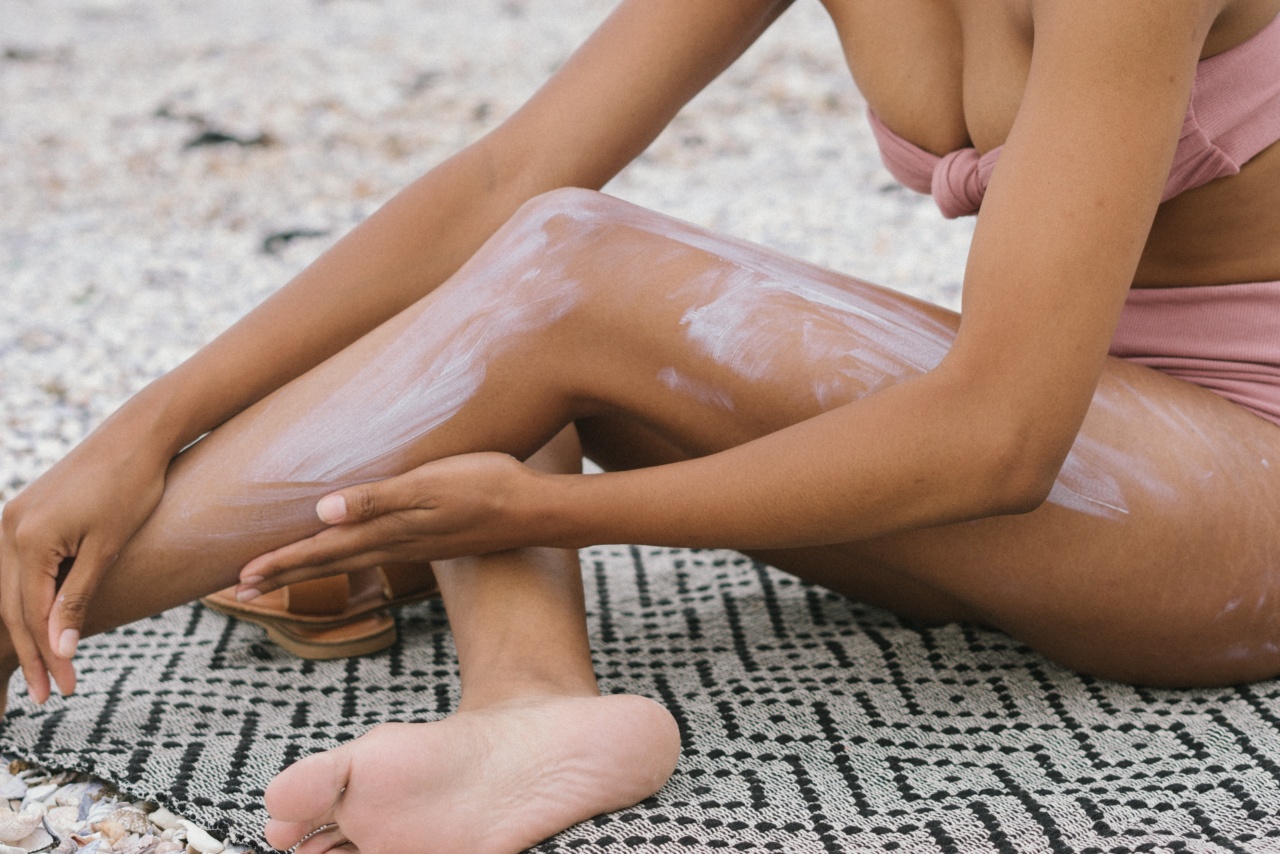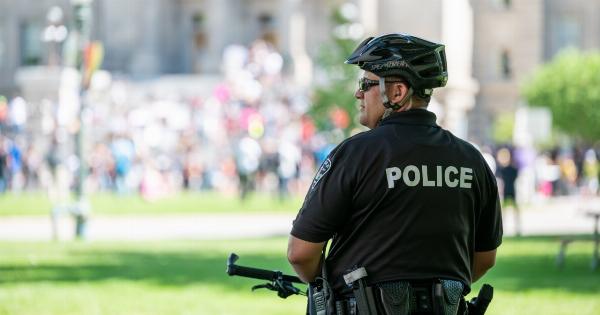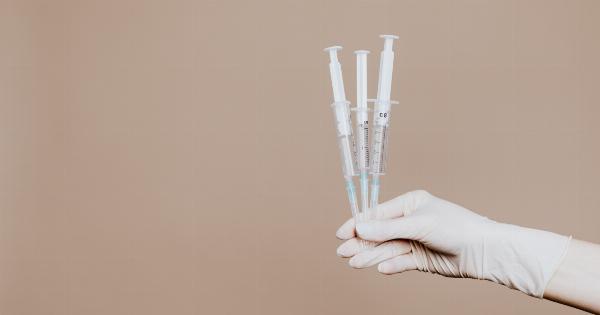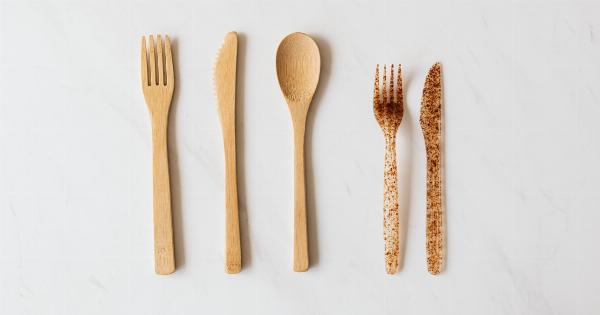As we age, our skin becomes thinner and more fragile, making us more susceptible to bruising. While bruises may seem like a minor inconvenience, they can be unsightly and can take a long time to heal.
If you’re someone who bruises easily, particularly on the legs, you may be trying to find ways to avoid them without breaking the bank. Here are 10 tips to help you avoid bluscans on the legs without spending a fortune:.
1. Wear Protective Clothing
If you’re someone who is prone to bruising, one of the simplest things you can do is wear protective clothing. This might mean wearing long pants instead of shorts, or wearing knee pads when playing sports that involve a lot of running or jumping.
Additionally, compression stockings or sleeves can help support the circulation in the legs and prevent blood clots from forming, which can help reduce the incidence of bruising.
2. Get Enough Vitamin C
Vitamin C is essential for the formation of collagen, which helps to keep our skin healthy and strong.
Eating foods that are high in vitamin C, such as citrus fruits, strawberries, kiwi, and bell peppers, can help keep your skin supple and less susceptible to bruising. If you find it difficult to get enough vitamin C in your diet, you may want to consider taking a supplement.
3. Stay Hydrated
Drinking enough water is essential for healthy skin, as it helps to plump up the cells and keep them hydrated. When your skin is adequately hydrated, it is less likely to be damaged, and bruises are less likely to form.
Aim to drink at least eight glasses of water a day, and more if you’re exercising or if the weather is hot.
4. Avoid Blood Thinners
If you’re taking medication that thins your blood, such as aspirin, ibuprofen, or warfarin, you may be more prone to bruising.
If this is the case, talk to your doctor about whether you can switch to a medication that doesn’t thin your blood, or whether you can reduce the dose of your current medication. You should never stop taking any medication without first consulting your doctor.
5. Manage Your Weight
If you’re carrying excess weight, this can put extra stress on your legs, which can make them more susceptible to injuries and bruising. Try to maintain a healthy weight by eating a balanced diet and getting plenty of exercise.
Losing weight can also help to improve circulation, which can reduce the likelihood of bruises forming.
6. Protect Your Skin from the Sun
Exposure to the sun’s harmful UV rays can cause damage to the skin, making it more vulnerable to bruising.
Make sure to apply sunscreen with at least SPF 30 to your skin every day, and wear protective clothing, such as long-sleeved shirts and wide-brimmed hats, when you’re outside for long periods.
7. Incorporate Gentle Exercise into Your Routine
Gentle exercise, such as yoga, tai chi, or walking, can help to improve circulation and strengthen the muscles in your legs. This can make your legs more resistant to injury and bruising.
Try to incorporate gentle exercise into your daily routine, even if it’s just for 10 or 15 minutes a day.
8. Massage Your Legs
A gentle massage can help to stimulate circulation and reduce the risk of bruising. If you’re prone to bruising on your legs, try rubbing them gently with a moisturizing cream or oil every day.
This can help to keep your skin supple and less likely to be damaged.
9. Use Ice Packs
If you do get a bruise, applying an ice pack to the area can help to reduce inflammation and swelling, which can speed up the healing process.
Make sure to wrap the ice pack in a towel or cloth before applying it to your skin, as direct contact with ice can cause further damage.
10. Be Patient
The most important thing to remember when it comes to bruises is that they take time to heal. There isn’t a magic cure that will make them disappear overnight, so you need to be patient.
The good news is that most bruises will heal within two to four weeks, so try not to worry too much if you do get one.
Summary
If you’re someone who bruises easily on the legs, there are several things you can do to reduce your risk of getting a bruise.
These include wearing protective clothing, getting enough vitamin C, staying hydrated, avoiding blood thinners, managing your weight, protecting your skin from the sun, incorporating gentle exercise into your routine, massaging your legs, using ice packs, and being patient. By taking these steps, you can help keep your skin healthy and strong, and reduce the amount of time it takes for bruises to heal.






























